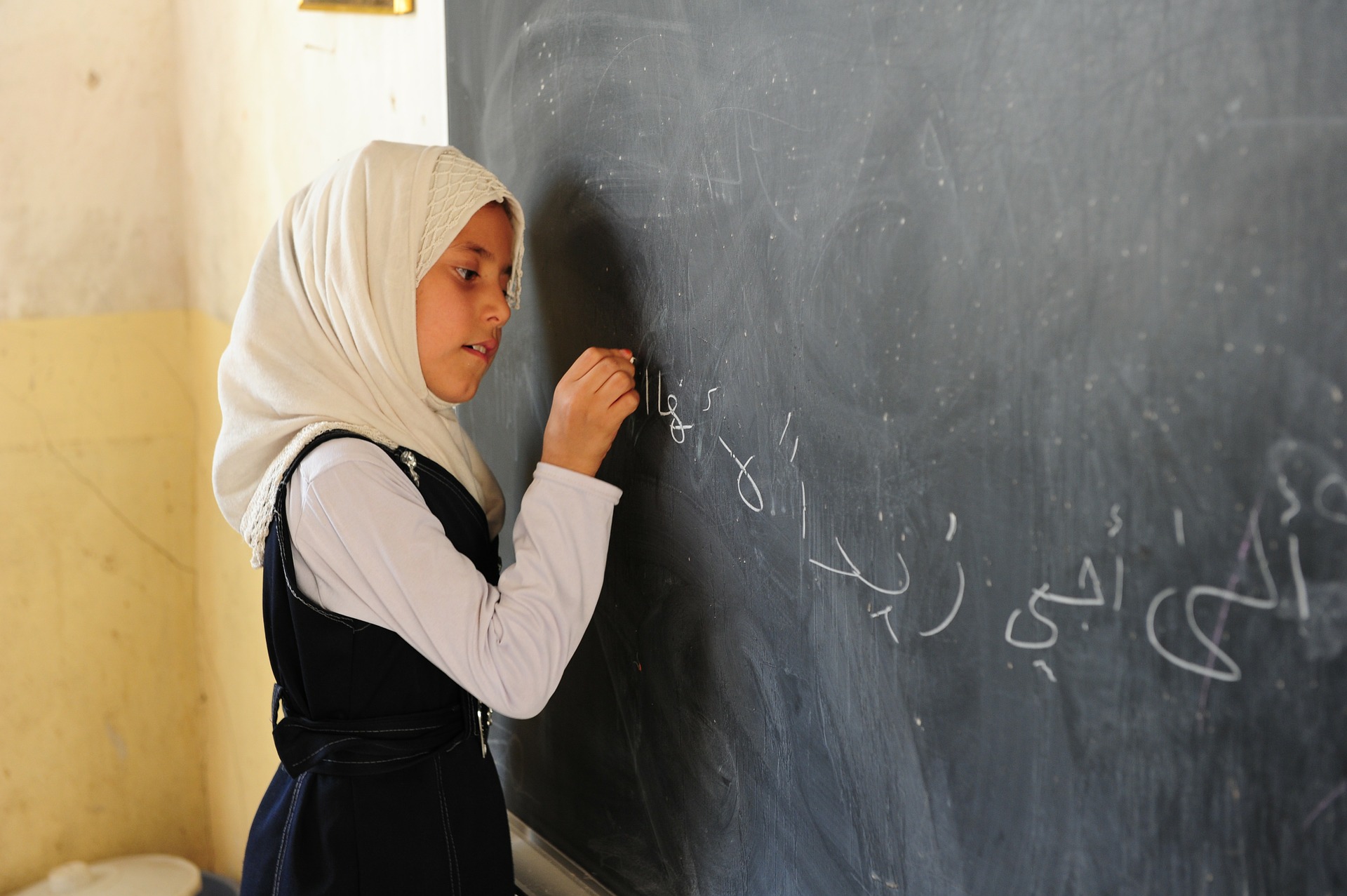Great job! Do it again.
Sometimes, the correct way is the opposite of what we’re used to. (Image by David Mark from Pixabay)
Dena Luchsinger, in her book Grading With a Purple Crayon, points out how ridiculous it would be if we took a the “red pen” approach to a child’s drawing.
“The bottom of the nose belongs down here, and the eyebrows should hit here. You can improve the perspective on the house in the background by incorporating these lines. Also, why is the sky a strip of blue at the top?”
We know that there are developmental stages that children’s artwork goes through as they learn, so we don’t expect kids to draw like adult professionals. Luchsinger makes the case that it’s just as unhelpful to a growing writer to point out all of their mistakes.
This idea blew my mind when I first came across it in my second year of teaching writing. I had suspected that there was something counterproductive about my feedback on my students’ work. My edits were only helping the students who were already confident writers. They had the wherewithal to be conscientious — my feedback was a key turning in a lock. However, the kids who were less experienced writers had no context for my red markings. Even if they took the time to make corrections, their subsequent work did not improve.
Luchsinger’s words set me free. I realized that my role was to help students to become confident writers. Once they reached a certain threshold, I could give them nuanced feedback to help them grow.
Until then, the best approach would be to thank them for their work, point out its positive qualities, and get them to write something else.
I also shared examples of excellent student writing: the well-crafted sentences, paragraphs, and essays they were coming up with. In detail, we deconstructed what made them so good.
It worked. The specific positive feedback on their own writing and the writing of their classmates gave students a map. Their prose became clear, concise, and even elegant. And though the students were all guided by the same set of standards and emulating the same examples, individual voices emerged. Sure enough, they were becoming confident writers, with nary a red pen marking in sight.
Those of us who guide children sometimes suffer from the well-meaning belief that if we don’t correct their mistakes, they’ll still be saying “brang,” drawing corner suns, and getting food all over their faces when they’re thirty-five. It is liberating to realize that it is not our job to clean up every error in realtime. They will learn and grow and get better in spite of us — but we can help by letting them know when they’ve hit the mark.
Whether we’re teaching writing, drawing, throwing, dancing, cooking, walking, or talking, the most effective feedback is often the simplest: “Great job! Do it again.”
